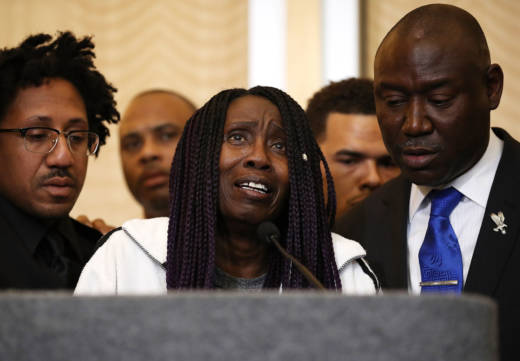Burris says one of the first things to do is photograph the body to see where entry and exit wounds are located. But he said he would be less concerned about autopsy results in the case of Clark, who was shot 20 times by police who were responding to calls of a car burglar.
"We know he was shot multiple times and we know that he wasn’t shot within a foot or two," he said.
Even if Clark was shot in the back, Burris added, "You can get shot and spun around, so that’s not conclusive."
Secondly, Burris said he looks for any drugs in the system of the victim.
"If there’s a substantial amount of drugs on board, that might explain erratic behavior," he said, referring to street drugs like methamphetamine or cocaine.
In the case of Clark, Burris said he would focus on the available video footage, focusing on the position of Clark's hands and what his cellphone, which officers say they mistakenly thought was a gun, looked like from the officers' perspective.
"What troubled me the most about this is [the officers] were in a position of safety and a person is coming toward them," Burris added. "There was nothing that suggests he was armed with a weapon."
Defense attorney Michael Rains has represented Bay Area officers accused of criminal misconduct, including BART police officer Johannes Mehserle, who shot Oscar Grant.
Rains said when it comes to evaluating whether use of force was excessive, investigators have to look at how officers are responding to the nature of the crime, if the victim was a physical threat, and whether they were actively resisting or avoiding arrest.
“It’s not 20/20 hindsight,” said Rains. “It’s the information available to the officers at the time of the incident. It unfolds very rapidly, circumstances are tense, uncertain and quickly evolving. And maybe in darkness. We’re not looking at it after the fact in the light of day.”
When a district attorneys decide whether or not to press changes against an officer, he says, those are the criteria they must consider.
“The public really doesn’t understand that,” Rains noted. “Why should they? Nobody expects them to know that.”

